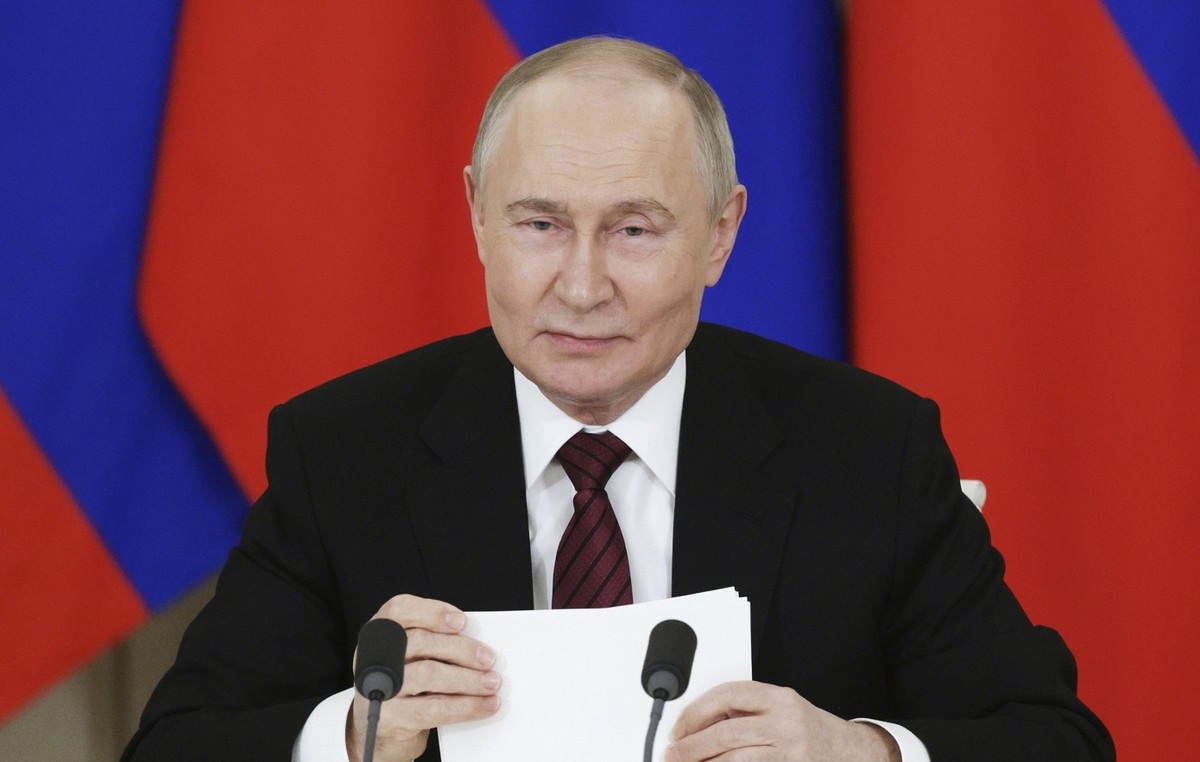- The Euro remains above 1.0845, with the downtrend intact.
- Strong US data this week has dampened hopes of Fed cuts, boosting the Dollar.
- ECB President Christine Lagarde rules out rate cuts before next summer, which has provided some support to the Euro.
The Euro (EUR) is trading within a tight range, unable to put any significant distance from the one-month lows at 1.0845 during the European session on Friday. Strong US macroeconomic data this week has forced investors to reevaluate their interest rate expectations, boosting the dollar overall.
Data released on Thursday revealed that US initial jobless claims declined contrary to expectations in the week of January 12. These figures confirm the strength of the US economy, evidenced by strong retail sales earlier in the week, and suggest that the Federal Reserve (Fed) still has work to do to bring inflation back to its target level.
On today's agenda, the president of the European Central Bank (ECB), Christine Lagarde, will speak for the last time before the two-week break before the monetary policy meeting in January.
In the United States, the Michigan Consumer Sentiment Index and the University of Michigan Consumer Inflation Expectations will focus investors' attention. Somewhat later, San Francisco Fed President Mary Daly could offer more information on the entity's monetary policy outlook.
Daily market summary: Euro remains near one-month lows, weighed down by dollar strength
- The Euro wavers above the 1.0845 support zone, as the Dollar strengthens and investors reduce hopes of Fed cuts.
- In the week of January 12, jobless claims fell to 187,000, down from 203,000 the previous week and ahead of expectations for an increase to 207,000.
- U.S. unemployment levels corroborate the resilience of the U.S. economy, pouring more cold water on investors' hopes that the Fed will cut interest rates in March.
- The minutes of the ECB's monetary policy meeting published on Thursday reflect policymakers' conviction that inflation is subsiding; However, rate cuts remain off the table.
- The president of the ECB, Christine Lagarde, stated at the World Economic Summit in Davos that the entity will not lower rates until next summer.
- Atlanta Fed President Raphael Bostic does not foresee interest rate cuts until the third quarter.
- CME Group's FedWatch tool shows a 55% chance of rate cuts in March, down from 75% last week.
Technical Analysis: EUR/USD remains biased lower, with support at 1.0845 holding off the bears for now
EUR/USD is virtually flat on Friday and is headed for a 0.6% drop this week. The short-term bias is negative and the support level at 1.0845 prevents the pair from falling further.
A clear break below 1.0845 would trigger a bearish head-shoulder pattern that would increase negative pressure towards 1.0800 and 1.0725. The measured target of the pattern is the 78.6% Fibonacci retracement of the late 2023 rally, at 1.0600.
To the upside, Euro bulls are likely to encounter significant resistance at the 1.0920/30 zone, where previous trendline support meets the confluence of the 200 and 50 SMAs on the 4-hour chart. Above that region, the next target is the 1.1000 level.
Frequently asked questions about the Euro
What is the Euro?
The Euro is the currency of the 20 countries of the European Union that belong to the euro zone. It is the second most traded currency in the world, behind the US dollar. In 2022, it accounted for 31% of all foreign exchange transactions, with an average daily volume of more than $2.2 trillion per day.
EUR/USD is the most traded currency pair in the world, accounting for an estimated 30% of all transactions, followed by EUR/JPY (4%), EUR/GBP (3%) and EUR/AUD (2% ).
What is the ECB and how does it influence the Euro?
The European Central Bank (ECB), headquartered in Frankfurt, Germany, is the reserve bank of the euro zone. The ECB sets interest rates and manages monetary policy
The ECB's main mandate is to maintain price stability, which means controlling inflation or stimulating growth. Its main instrument is to raise or lower interest rates. Relatively high interest rates – or the expectation of higher rates – tend to benefit the Euro and vice versa.
The Governing Council of the ECB takes monetary policy decisions at meetings held eight times a year. Decisions are made by the heads of the eurozone's national banks and six permanent members, including ECB President Christine Lagarde.
How do inflation data influence the value of the Euro?
Eurozone inflation data, measured by the Harmonized Index of Consumer Prices (HICP), are important econometric data for the euro. If inflation rises more than expected, especially if it exceeds the 2% target set by the ECB, it is forced to raise interest rates to bring it back under control.
Relatively high interest rates compared to their peers tend to benefit the Euro, as it makes the region more attractive as a place for global investors to park their money.
How do economic data influence the value of the Euro?
Data releases measure the health of the economy and can influence the Euro. Indicators such as GDP, manufacturing and services PMIs, employment and consumer sentiment surveys can influence the direction of the single currency.
A strong economy is good for the Euro. Not only does it attract more foreign investment, but it may encourage the ECB to raise interest rates, which will directly strengthen the Euro. Conversely, if economic data is weak, the Euro is likely to fall.
The economic data for the four largest economies in the eurozone (Germany, France, Italy and Spain) are especially significant, as they represent 75% of the eurozone economy.
How does the trade balance affect the Euro?
Another important release for the euro is the trade balance. This indicator measures the difference between what a country earns from its exports and what it spends on imports during a given period.
If a country produces highly sought-after export products, its currency will appreciate due to the additional demand created by foreign buyers wishing to purchase these goods. Therefore, a positive net trade balance strengthens a currency and vice versa for a negative balance.
Source: Fx Street
I am Joshua Winder, a senior-level journalist and editor at World Stock Market. I specialize in covering news related to the stock market and economic trends. With more than 8 years of experience in this field, I have become an expert in financial reporting.







